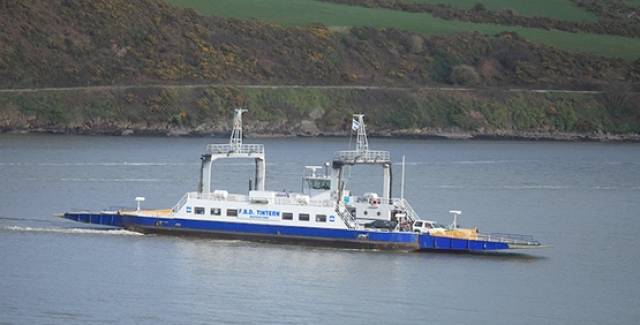Passage East Ferry Company, one of Ireland’s most established domestic ferry services, has been purchased by the owners of Carlingford Ferries, it was announced today.
The decision to sell came as founding shareholder, Derek Donnelly, announced his retirement from the business. FBD Holdings plc holds a 70% share in the business, arising out of a legacy investment.
The sale of Passage East Ferry Company, which traverses the River Suir between Passage East, Co Waterford and Ballyhack, Co Wexford, generated significant interest when it was announced last December on the back of strong financial results and growth projections. Turnover is in the region of €1.6m per annum – up 5% in 2015 – with 30% year-on-year growth in EBITDA.
The purchaser is Limerick-based Frazer Ferries, the company behind the proposed car ferry across the mouth of Carlingford Lough, between Greenore, Co Louth and Greencastle, Co Down.
Commenting on the sale, Paul O’Sullivan of Carlingford Ferries said: “We are very pleased to complete the transaction of Passage East Ferry Company. The ferry is a long-established business and provides a vital service in the region. We look forward to working closely with the team as we embark on this next exciting chapter.”
The sale process was managed by leading business advisory specialists Crowe Horwath.
Managing Partner at Crowe Horwath, Naoise Cosgrove, said: “Passage East Ferry Company boasts a strong trading history, solid revenues, growing EBITDA and clear potential for further growth fuelled by economic and tourism activity in the region, which remains on an upward trajectory.
“It is a smart investment for Carlingford Ferries,” he continued, “who are acquiring a profitable and cash-generative business.”
The sale includes a 28-vehicle ferry and a commercial premises with offices, and stores at Passage East, Co Waterford.
Along with 28 vehicles, the ferry can carry up to130 passengers, connecting Waterford City with the Hook Peninsula in Wexford and operates throughout the year - seven days a week - making an average of 106 sailings per day, increasing to 112 during the summer months.
The five-minute ferry journey is estimated to save 90-minutes journey time for round trip commuters.
Passage East Ferry Company employs 16 full-time staff, all of whom are unaffected by the sale.





























































